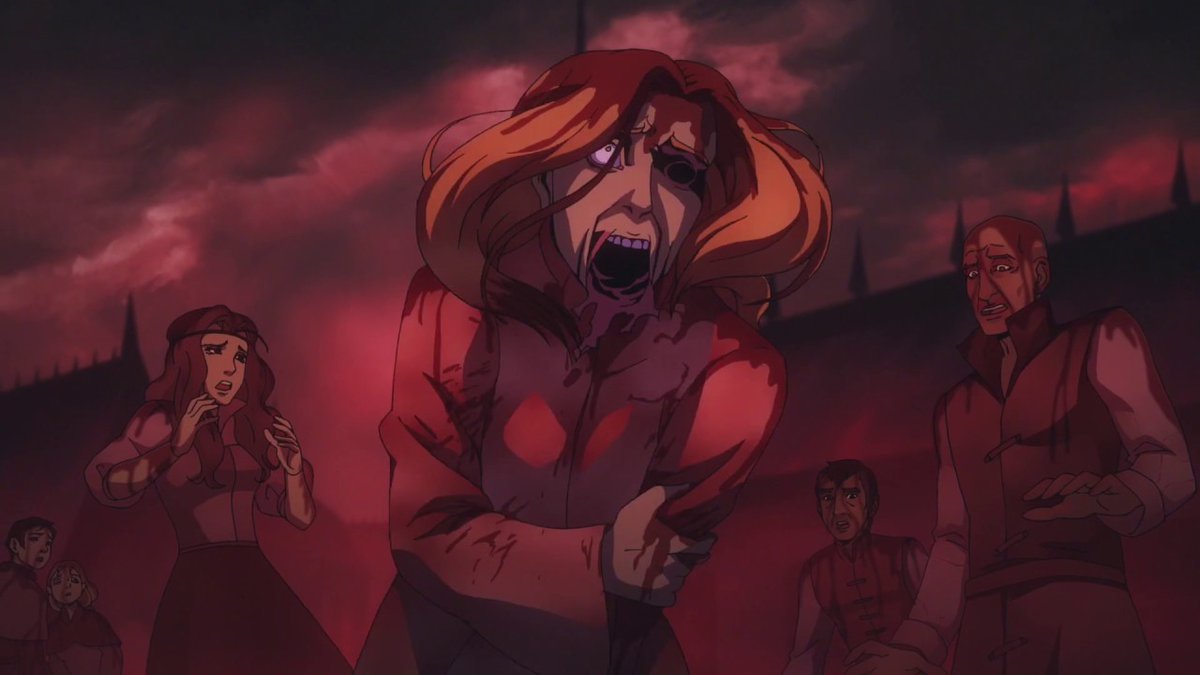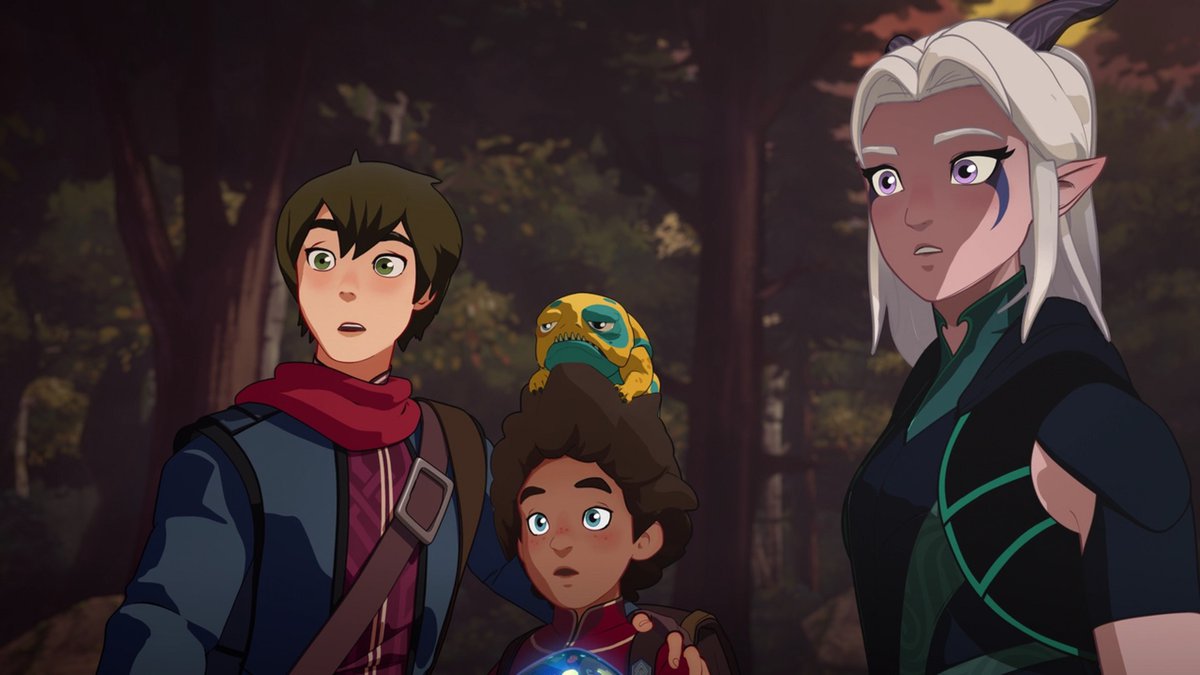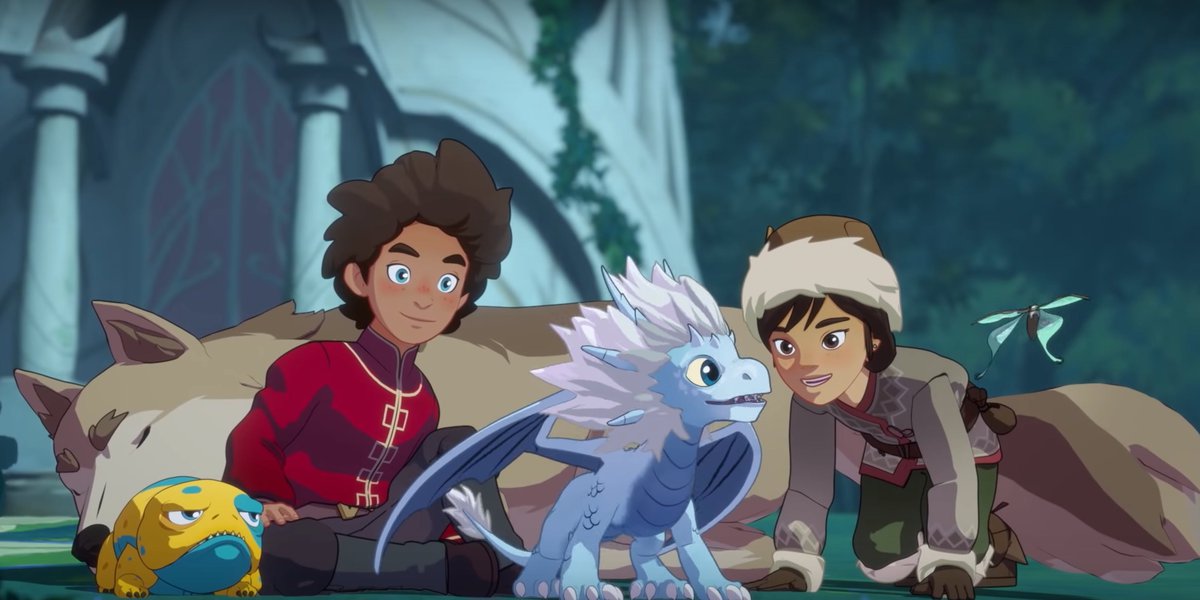Castlevania: a graphic, riveting animated fantasy

Movies and TV shows developed from video games are notorious for being complete garbage. This perception has been a trend that only a few have been able to unlatch themselves from. Pokémon is often thrown in as an example, but it varies greatly in quality from generation to generation, and isn’t directly based on the stories of the games. Castlevania treads into dangerous waters—it’s a show that faithfully follows its game equivalent’s story.
Castlevania’s first season disappointed me. It was gorgeous, but with only four episodes, the story felt rushed and inconclusive. It also had serious issues with tone and character development—namely, there was none. However, season two—at least on the surface—appears to fix most of the show’s biggest problems. It now tells a better story in eight episodes.
The biggest improvement comes from the fact that all of the characters have a little time to showcase their varied and distinct personalities. Trevor, who was little more than a reckless drunk with insane fighting skills in season one, has his backstory explored a little. Alucard, who had only a few minutes of screen time in season one, is the central character for the second. Sypha is also given some development, and has the best lines in the show by far. The main source of comedy for the season is the witty banter between her and Trevor.
Dracula, the show’s main villain, has the most complex character arc this season. We see a distraught and depressed version of him—a stark contrast to the raging inferno of a man we saw last season. His story comes to a close in a powerful way. The show also introduces three new villains who will undoubtedly make an appearance in season three.
The technical aspects of the show are strongest suit. The animation is mesmerizing to behold, the backgrounds immaculately detailed, and the character designs stunning. The fight scenes in particular deserve special mention; they are some of the best in animation history. The angles, the cuts, the choreography, and the fluidity of the animation make these scenes absolutely captivating. If you want animated action, there are few shows which can compete.
It’s also pretty graphic and explicit. There’s a lot of blood, decapitated heads, humans literally ripped in half, and so on. If you are even the slightest bit squeamish, you might want to look away during some of the more gory moments.
The conclusion of the season left me in a state of melancholic pondering. It was dark and depressing, but still hopeful. I’m very interested to see where they take the characters—especially the villains—in the next season.
However, the show isn’t without fault. Some of the problems from season one unfortunately creep into season two. Pacing is its biggest issue. Almost nothing happens in the first three episodes of the show, which is a huge problem in an eight-episode season. They are made of mostly exposition, flashback, and recursive scenes of dialogue. The pace only picks up in episode four, and hits its stride at the beginning of episode six.
It’s not the crown jewel of Netflix shows, but it’s worth watching, especially if you are a fan of traditional animation. It’s a series that has its issues, but also plenty of strengths.
Rating: 3.5/5

 Tv Show Review
Tv Show Review
 Tv Series Review
Tv Series Review
 Tv Series Review
Tv Series Review
 Tv Series Review
Tv Series Review